Jincheon Bell Museum (진천 종박물관)
17.5Km 2021-06-29
1504-12, Baekgok-ro, Jincheon-gun, Chungcheongbuk-do
+82-43-539-3847
The Jincheon Bell Museum opened in 2005 with the objective of promoting the unique artistic value of Korean bells. The museum’s location itself is also very meaningful, as Jincheon is home to the oldest steel production site in Korea. In the nearby area, Uncheon-dong, Beomjong (a temple bell) of the late United Silla Kingdom was discovered along with the remains of the Ongdusaji Cheoldanggan of the Goryeo dynasty.
Mihyang (미향)
17.6Km 2025-05-20
1, Munhwa 4-gil, Jochiwon-eup, Sejong-si
+82-41-866-3173
Mihyang is a seafood restaurant specializing in haemul-jjim (steamed seafood).
Himart - Jochiwon Branch [Tax Refund Shop] (하이마트 조치원점)
17.6Km 2025-05-20
1, Munhwa 2-gil, Jochiwon-eup, Sejong-si
-
Sejong Culture & Arts Center (세종문화예술회관)
17.7Km 2025-05-20
22, Munyehoegwan-gil, Sejong-si
+82-44-301-3523
Located in Sejong Special Self-Governing City, the Sejong Culture & Arts Center is a multi-purpose cultural space for performances and exhibitions. It offers a variety of opportunities for local artists as well as a place to enjoy culture and arts for local residents.
Jocheon Lotus Park (조천연꽃공원)
18.1Km 2025-05-20
226 Beonam-ri, Jochiwon-eup, Sejong-si
Jocheon Lotus Park is an ecological park established by cultivating white lotus, red lotus, and water lilies on abandoned agricultural land. Developed on former farmland, the park blossoms with vibrant lotus flowers during the summer months of July and August. As visitors stroll along the deck path, they can relish the soothing sounds of Jocheon Stream. The pathway along the Jocheon Riverside is especially scenic in spring, adorned with cherry blossoms, earning it the name Jocheonbyeon Cherry Blossom Path. This provides a picturesque backdrop for flower viewing and photography.
Homeplus - Jochiwon Branch [Tax Refund Shop] (홈플러스 조치원)
18.2Km 2025-05-20
60, Heomanseok-ro, Jochiwon-eup, Sejong-si
-
La Foresta (라포레스타)
18.4Km 2025-05-20
130 Daecheop-ro, Yeonseo-myeon, Sejong-si
La Foresta is a café with a spacious outdoor garden. The interior has a cozy atmosphere with wood tones. The garden is adorned with various types of trees and flowers, creating a park-like ambiance. Signature drinks include foresta double latte, made with hazelnut milk and espresso, blood orange featuring blood orange infused tea, and dewy cherry mango, a refreshing blend of cherry tea with mango puree and coconut jelly.
Sejong Yeonhwasa Temple (연화사 (세종))
18.8Km 2025-05-20
28-1, Yeonhwasa-gil, Sejong-si
+82-44-862-8620
Yeonhwasa Temple is said to have been built by Hong Mun-seop. After having a dream, Hong dug the current site of Yeonhwasa Temple to find two stone Buddha statues and built a temple there. It was designated a traditional temple in 1988. The temple features Muryangsujeon Hall, Samseonggak Hall, and Yosachae (monks’ residence).
There used to be a building with a tile roof, but following the discovery of a stele with the inscription of “Muin Year” and a pedestal, the roof was improved. The side of the stele is in a trapezoid shape with a wider bottom. It is thought to date back to the Unified Silla era. The temple is also home to a stele with seven relief Buddhist images. Together with the stone images of Biamsa and Jeonganmyeon, this stele is considered to have cast a new light on the Ancient Art.
Sono Belle Cheonan Ocean Adventure (소노벨 천안 오션어드벤처)
18.8Km 2024-06-05
200 Jonghaphyuyangji-ro, Seongnam-myeon, Dongnam-gu, Cheonan-si, Chungcheongnam-do
Sono Belle Cheonan Ocean Adventure is an expansive water park attached to the Sono Belle Cheonan resort. Inspired by renowned historical sites found in Rome, Venice, and Spain, the park delivers a unique thematic experience. The facility is divided into three main areas: the indoor zone, the outdoor zone, and the hot springs section, providing entertainment and relaxation for all seasons. Guests can enjoy a variety of thrilling rides, including the Tornado Pool, Speed Racing, Body Bowl Slide, Wild Extreme River, and the Viking Tower.
Sanjang Garden (산장가든)
19.4Km 2025-05-20
1131-7 Dosingobok-ro, Yeonseo-myeon, Sejong-si
+82-44-867-3333
Sanjang Garden is a Korean restaurant specializing in grilling pork galbi over charcoal. In addition to pork galbi, they also serve dishes such as naengmyeon (cold buckwheat noodles), dongchimi guksu (noodles with radish water kimchi), and sujebi (hand-pulled dough soup). Surrounded by lakes and mountains, the restaurant offers a picturesque setting and has been featured multiple times on Korean television. It's approximately a 15-minute drive from Jochiwon Station by car or taxi.
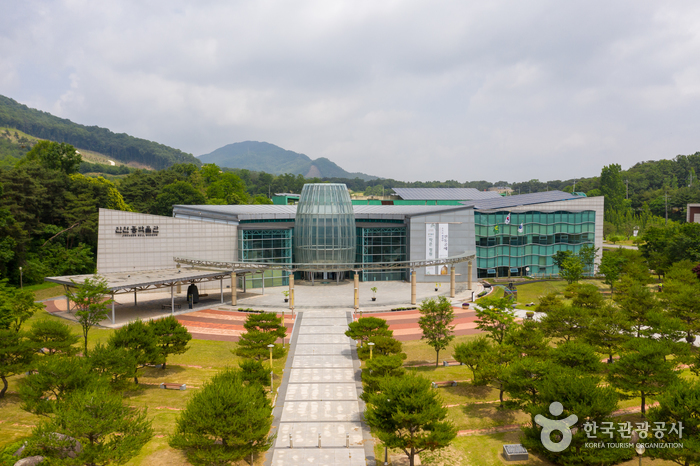
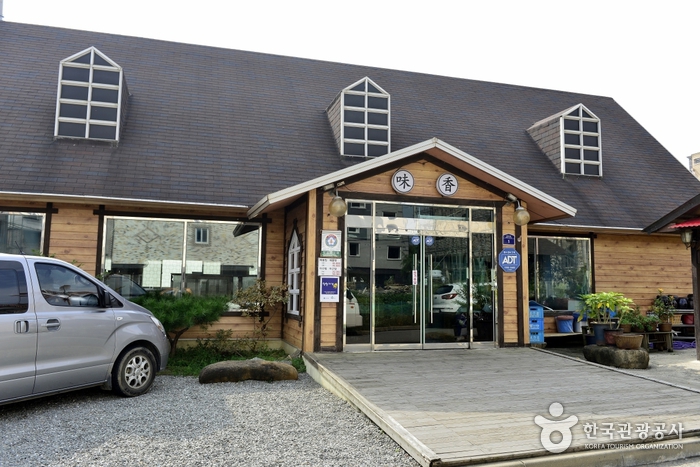
![Himart - Jochiwon Branch [Tax Refund Shop] (하이마트 조치원점)](http://tong.visitkorea.or.kr/cms/resource/59/2883159_image2_1.jpg)
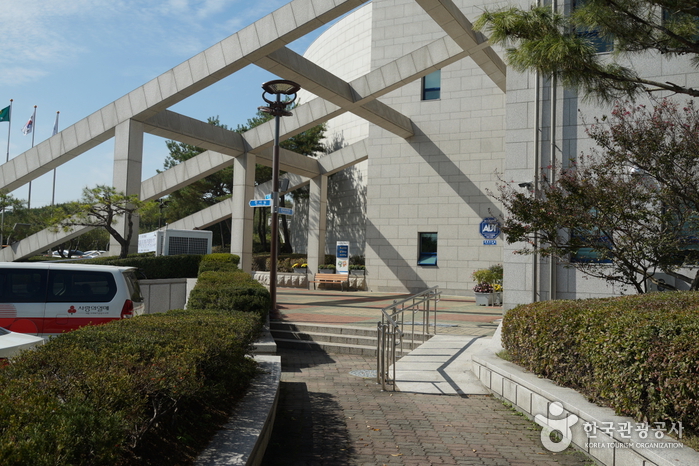
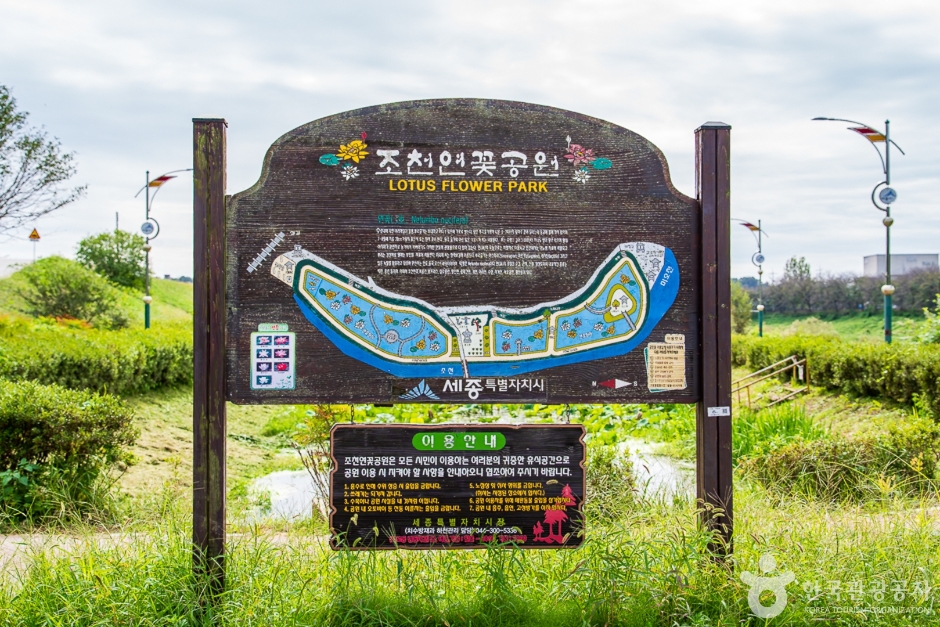
![Homeplus - Jochiwon Branch [Tax Refund Shop] (홈플러스 조치원)](http://tong.visitkorea.or.kr/cms/resource/63/2883163_image2_1.jpg)

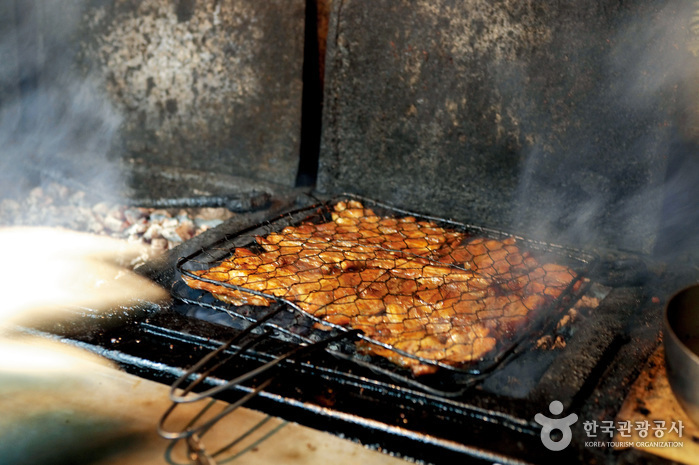
 English
English
 한국어
한국어 日本語
日本語 中文(简体)
中文(简体) Deutsch
Deutsch Français
Français Español
Español Русский
Русский